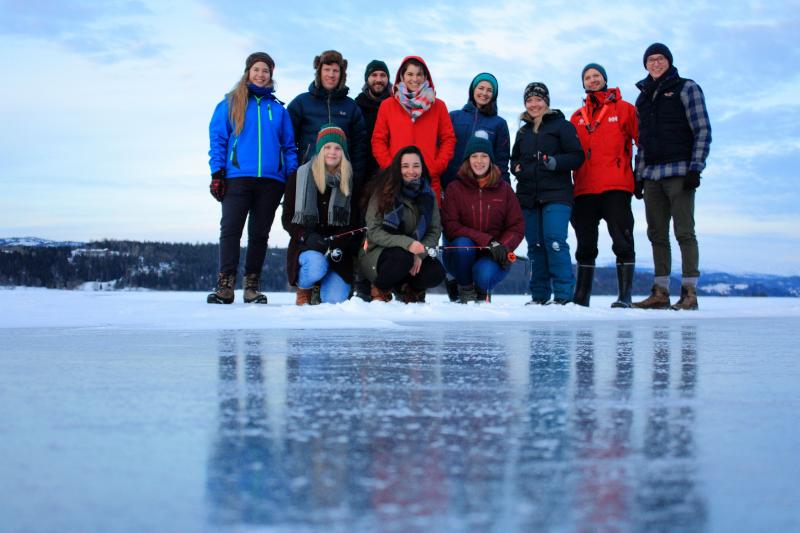Hopefully a few sea trout have found a bit of water (not round here mind) and are starting to return to our rivers at the moment. Fitting then to hand over the blog to Angus Lothian, a PhD student at Durham University (see his first blog here) to reflect on a new network for sea trout research.
Salmo trutta is a truly fascinating ‘species’, with such varying life history strategies and showing large phenotypic plasticity, exemplified by their key characteristic of partial-migration. It is not yet fully known what drives partial-migration, with a component of a population of trout smolting and emigrating from rivers to sea, and the rest remaining river-resident. Although the trout has often played second fiddle to Atlantic salmon, recent surges in the interest of trout ecology and biology, and in particular sea trout, has led to a rise in the number of scientists and PhD students researching this field.


